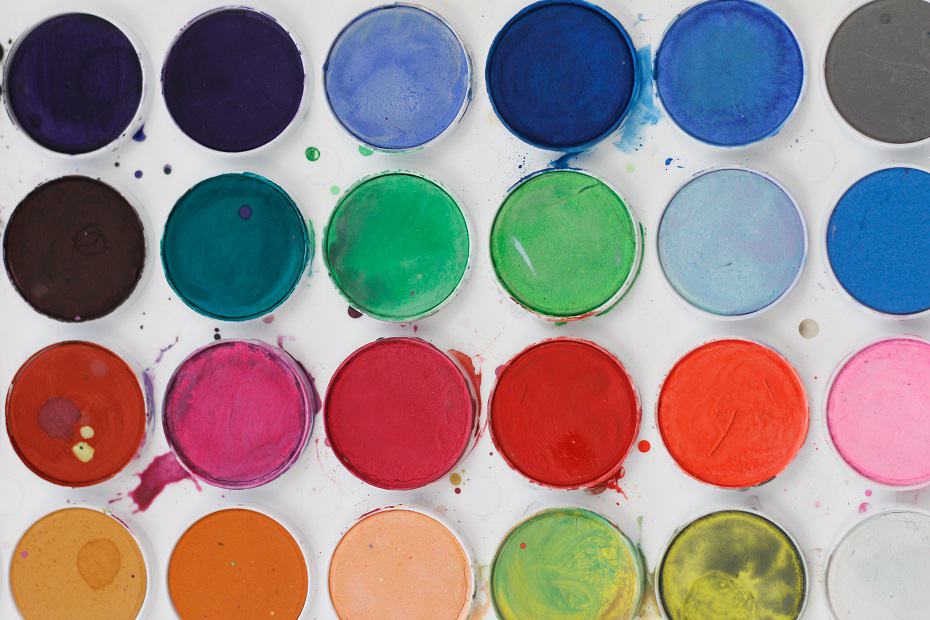Humans assign a meaning to almost every color, usually for historical, religious or mythological reasons. Our associations with color are therefore rarely universal, as they vary depending on the region, language and culture.
These differences are always interesting, often funny and sometimes even a pivotal factor in your marketing. So if you’re thinking about tapping into new markets, it pays to know why a colorful design is sometimes better than a black-and-white one.
Green swimwear – a no-go in Java
According to the myths surrounding Nyai Roro Kidul, the Indonesian goddess of the sea, you shouldn’t wear green when catching waves in Java. It may be the color of hope elsewhere, but here it’s believed to increase your chances of being swallowed up by the goddess – or rather, the sea – for eternity.
Exchanging vows in red
Almost unimaginable in some places, tradition in others: in China, Japan and Russia, brides get married in red dresses. The color represents luck, prosperity and a happy marriage. In some places, it’s even normal to wed in black – like in Spain, where the color is considered a traditional symbol of devotion.
Colorful grieving
If you thought people mourn in black everywhere, you thought wrong. In Italy and many other predominantly Catholic countries, people wear purple, which symbolizes transition and change. This explains why purple is as taboo at an Italian wedding as white is in Japan or China. There, the color we associate with purity and elegance actually represents misfortune and death, and is therefore mainly worn at funerals. In Greece, yellow – which we perceive as the color of joy and optimism – is in fact the color of mourning.
Orange embodies enlightenment
At least when it comes to the Buddhist faith. For Buddhists, orange symbolizes the highest form of human enlightenment, which is one of the reasons why the Dalai Lama, among others, frequently dons the color. In Northern Ireland, orange is the color of the Orange Order and represents Protestantism. In the Netherlands, it is the color of the royal family.
So how can these examples be applied to marketing? They demonstrate the beliefs that are either directly or subconsciously associated with colors. The color palette you choose for designs, logos or images can therefore have a direct impact on how successful you are with your audience.
The different meanings associated with colors have also led to various phrases such as green with envy and tickled pink, which require more than just a direct translation from one language into another. If localizing your latest campaign has you seeing red, get in touch with us.
Cover image via Pexels
